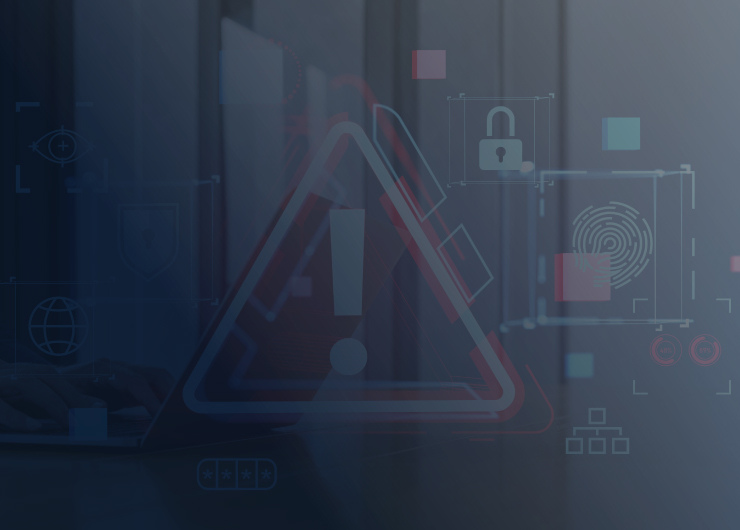The sunsetting of older generation cellular technologies like 3G is forcing businesses with IoT deployments to consider new ways for their devices to communicate. In the UK, Vodafone and EE are aiming to have ceased 3G services by the end of March 20024. 3 has announced that they are aiming for a full closure by December 2024. Leaving just O2 with active 3G services in the UK until the end of 2025.
As the world moves towards faster, more efficient and capable network services, the impact of this change on the IoT, is becoming increasingly evident. This blog explores the reasons behind the sunsetting of cellular technologies, the implications on IoT and how organisations should be preparing for this transformative shift.

What is sunsetting?
In this context, sunsetting refers to the gradual phasing out of older network technologies in favour of newer, more advanced ones. This process is driven by the need for increased bandwidth, enhanced data speeds and network services that address specific use cases. In recent years, telecommunications providers globally have been decommissioning 2G and 3G networks to make way for 4G LTE, 5G and beyond. These new technologies enable new capabilities. From massive connection density (i.e. large numbers of devices per cell) and low latency (i.e. real-time responsiveness) to Low Power Wide Area Networks (LPWAN) that have been built to serve the specific needs of many IoT applications.
Reasons for sunsetting
Limited Bandwidth:
2G and 3G networks have limited bandwidth compared to many of their successors. As data demands increase, newer generations offer superior capacity to handle the growing data traffic efficiently. This is perhaps more prevalent in use cases such as video surveillance, augmented reality and autonomous vehicles.
Obsolete Technology:
The technology used in 2G and 3G networks is becoming outdated, making it challenging to maintain and upgrade. The transition to more advanced networks allows for better performance and reliability. As well as the ability to address the specific demands of use cases such as IoT.
Evolving Standards:
With the advent of 4G and 5G, industry standards have evolved to accommodate faster data transfer rates, lower latency and improved overall network performance. Sunsetting older technologies ensures alignment with these new standards.

When is the 2G & 3G sunset happening?
Sunset dates vary across the world. The US has been leading the way with the complete closure of 2G and 3G networks. In Asia-Pacific, multiple network operators are sunsetting both 2G and 3G services. The outlook in Europe is slightly different. Although many MNOs have completed or are actively sunsetting 3G services, 2G is still prevalent. This is due to the dependence of many active IoT devices on it. In the UK, EE and Vodafone will complete their 3G closures in early 2024. With 3 and O2 currently expecting to complete in Dec-24 and Dec-25 respectively. 2G sunsets are unlikely to occur before closer to the end of the decade.
For a comprehensive list of network closure click here.
Impact of sunsetting on IoT/M2M
The sunsetting of 3G networks has a significant impact on IoT and M2M applications. Many older IoT and M2M devices are designed to operate on the 2G and 3G networks only. And when services are closed, these devices may become obsolete. Unless they are upgraded or replaced with devices with compatible technologies. In many cases, devices will default to using the 2G network after the removal of 3G which buys time until 2G services are ceased.
Adapting to sunsetting
To navigate the transition smoothly, businesses need to consider upgrading or switching to new cellular services imminently. Especially as some IoT devices will be in the field for multiple years. But successfully migrating to a new cellular service brings significant complexity. With considerations from hardware compatibility to the specific connectivity needs of your solution.
In order to migrate to an alternative cellular service, there are five main considerations:
Cellular Module
This must support the cellular service required (i.e. 4G, 5G, LTE-M or NB-IoT) and the firmware must be up to date.
The SIM*
The SIM profile must correlate with the desired networks service (i.e. 4G). And must not be steering to an undesired service.
Contract & Tariff
The chosen contract and tariff must be configured to support the services required.
Network Coverage
There must be coverage available for specific bearer services in the locations required.
MNO Roaming Support
This must be in place for the cellular services required.
*Devices which support 4G will most likely be unaffected by the 3G sunset but this will depend on when the SIMs were procured and what services were originally contracted.

Conclusion
As the majority of UK 3G networks sunset in 2024, the IoT and M2M landscape will start to undergo a transformative shift. Businesses with IoT deployments utilising 3G must adapt to this change by considering upgrading their devices and solutions. In doing so, they can harness the full potential of advanced cellular services while ensuring the continued functionality and security of their applications.
Wireless Logic can help you navigate this confusing and complicated transition. We can evaluate your existing and future 3G-supported deployments, provide a variety of options, assist in developing a deployment transition plan and concentrate on optimising your Total Cost of Ownership.
For more information on the 2G and 3G sunset download our essential guide here.






